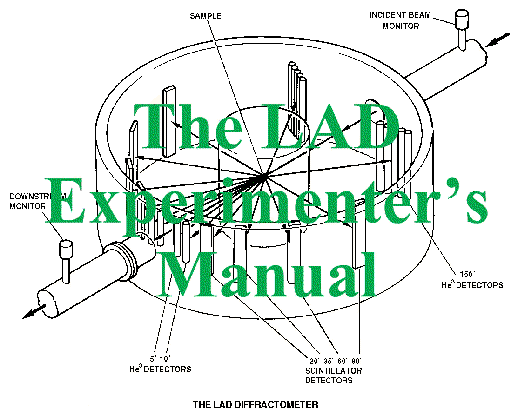
| 7.3 Hydrogen Contamination in the Sample |
![]()
Hydrogen contamination in the sample (often in the form of -OH or H2O) presents serious difficulties for the accurate analysis of non-crystalline neutron diffraction data and is best avoided or minimised if at all possible. The reasons for this are firstly that hydrogen has a very large incoherent cross-section (~80 barns) leading to a large effective background, and secondly that the inelasticity effects for this background are very large for hydrogen, making it very difficult to deal with. It is thus most worthwhile to be able to assess during an experiment whether the sample is contaminated with hydrogen. Since neutron scattering has such a high sensitivity to hydrogen, it can sometimes be relatively straightforward to make such an assessment, and it is common for previously unsuspected hydrogen contaminations to be revealed, especially by pulsed neutron scattering. There are two approaches which can be used to judge whether a sample may be contaminated with hydrogen:
Figure 8 shows the cross-section per molecule for H2O [6] - this shows a wavelength-dependence which is dominated by the difference between the free (~20 barns) and bound (~80 barns) cross-sections of a hydrogen atom. Thus the additional cross-section due to hydrogen contamination will increase as the wavelength increases. Note, however, that the wavelength-dependence of the hydrogen cross-section can appear quite similar to a 1/v absorption cross-section and care should be taken to try and distinguish between these two possibilities when using the cross-section to investigate possible hydrogen contamination.
![]()
![]()
Last Updated 09 Nov 1998